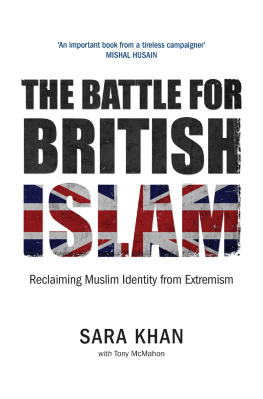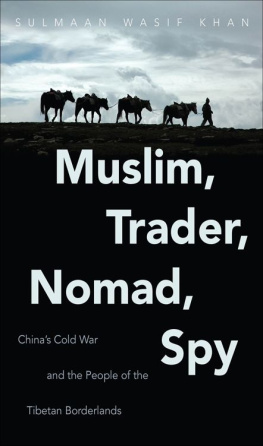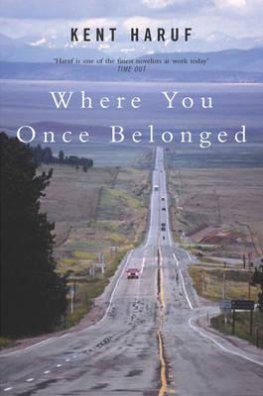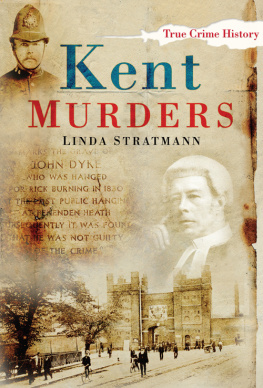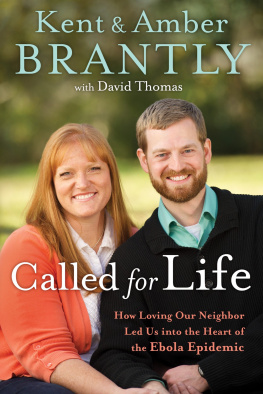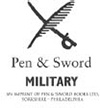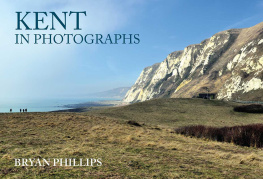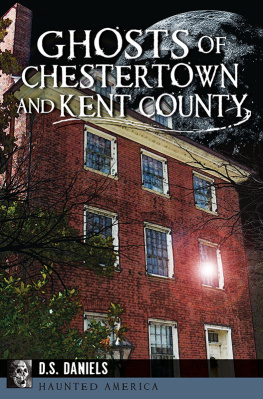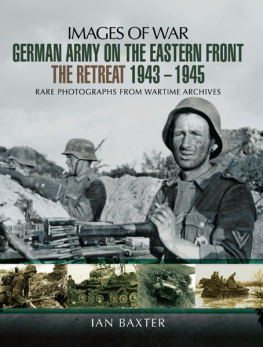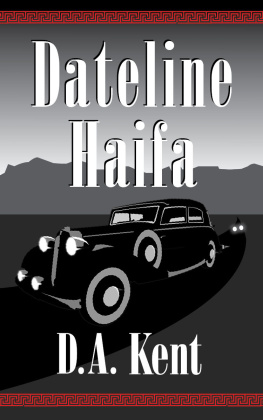
First published in Great Britain in 2014 by
PEN & SWORD MILITARY
An imprint of
Pen & Sword Books Ltd
47 Church Street
Barnsley
South Yorkshire
S70 2AS
Copyright Mark Khan, 2014
ISBN 978-1-78346-346-6
eISBN 9781473841376
The right of Mark Khan to be identified as author of this work has been asserted by him in
accordance with the Copyright, Designs and Patents Act 1988.
A CIP catalogue record for this book is available from the British Library.
All rights reserved. No part of this book may be reproduced or transmitted in any form or by any
means, electronic or mechanical including photocopying, recording or by any information storage
and retrieval system, without permission from the Publisher in writing.
Typeset by Concept, Huddersfield, West Yorkshire HD4 5JL.
Printed and bound in England by CPI Group (UK) Ltd, Croydon CR0 4YY.
Pen & Sword Books Ltd incorporates the imprints of Pen & Sword Archaeology, Atlas, Aviation,
Battleground, Discovery, Family History, History, Maritime, Military, Naval, Politics, Railways, Select,
Social History, Transport, True Crime, and Claymore Press, Frontline Books, Leo Cooper,
Praetorian Press, Remember When, Seaforth Publishing and Wharncliffe.
For a complete list of Pen & Sword titles please contact
PEN & SWORD BOOKS LIMITED
47 Church Street, Barnsley, South Yorkshire, S70 2AS, England
E-mail: enquiries@pen-and-sword.co.uk
Website: www.pen-and-sword.co.uk
Contents
Introduction
A ll images featured in this book are from the War and Peace Collection Photo Archive. Selecting 150 images for this book has proven quite a difficult exercise. The images represent many facets of life in Kent during the Second World War, but not every aspect is covered. The subject matter is driven by the available images, so some subject areas are lightly covered or, in some instances, not covered at all. This is no intentional slight, but purely based on the images available in the archive. From what was available, the quality of the images made the selection of a representative sample difficult. I hope I have done justice to the archive as a whole and commend people to look at the other images available. All the images have been digitised and are available to view free online via the Kent Photo Archive website (http://www.kentphotoarchive.com). The images cover a wide range of subjects and were taken over a timeframe that is believed to cover the period 19321963. The images are known to have been predominantly taken in Kent. For some the precise information is unknown. The archive would welcome any information from readers who may be able to help fill in the gaps or correct any inaccuracies in the current understanding regarding the information relating to the images.
After each image caption, the individual photo archive reference is listed. Please use this number to access or when referring to the images on the archive website.
I would like to thank Rex Cadman for allowing me the opportunity to write this book. It has been a fascinating project and I have enjoyed immensely the process of selecting, collating, researching and creating the content for this book.
My special thanks also go to Roger Smoothy, who is responsible for doing the work to make the images available online and has done much research into the history of many of the photographs, resulting in the caption that accompanies each image. Roger also made the images available for publication by extracting the archive and kindly sending them on to me.
Chapter One
The Early Years
The Start of the War
A t the beginning of the Second World War, in Kentish cities, towns and villages there were still many tangible legacies of the Great War that had only ended twenty-one years previously. In November 1916 the War Trophies Committee was formed, its terms of reference being to deal with all questions in regard to the distribution of trophies and watch the interests of the Imperial War Museum. A committee was formed comprising of individuals representing British and Commonwealth countries to distribute these war trophies. The word trophy was defined as including all articles of captured enemy equipment, but such articles that were only to be considered as trophies for distribution during the war, if unserviceable or not required for conversion. A large number of trophies, especially guns, had rival claimants, and the rule was laid down that in such cases, claims for trophies would be decided by the War Office. When a claim had been substantiated, the proviso was that it went to a Regimental Depot, a recognized public body, or a museum. Some 3,595 guns, 15,044 machine guns, 75,824 small arms and 7,887 other trophies were distributed. Large numbers of applications were received for allotment from county authorities, mayors and corporations of cities and towns, urban and parish councils, and other communities. The Committee decided that allotment of the trophies to which no formal claim within the recognised parameters had been substantiated, would be decided in conjunction with the Lord Lieutenant of the county. Many of these war trophies were allocated to various cities, towns and villages in Kent, one example of which was the village of Yalding where a German 7.7cm Feldkanone 16 was displayed in the High Street.
After the war, the Treasury donated 264 British tanks to towns that had raised money for the war effort. Tank 131 was allocated to Royal Tunbridge Wells. It was placed outside the old post office, but time, rust and the need for scrap metal during World War Two, led to its removal. A number of towns around the country, including Canterbury, Maidstone and Folkestone also received tanks.
Remarkably the only survivor of these tanks still resides in Ashford. Mark IV tank 245 was presented to the town in August 1919 by Captain Ferrar of the Army Council, in recognition of the peoples generous response to the National War Savings Appeals.

A German 150mm sFH 13 L/14 Howitzer made by Krupp c .1915. Battery Point Sandgate. ( WanPs-2482 )

A German 7.7cm Feldkanone 16 displayed in the Yalding High Street photographed from the B2010 looking north east, c .1935. The village of Yalding has another link with the First World War one of the famous war poets Edmund Blunden lived in the village before the war. He volunteered for war service, joined the 11th Batallion, Royal Sussex Regiment, served in France and was awarded the Military Cross. ( WanPs-3758 )

This photograph shows the contrast of old and new. Rochester Castle with its keep built in Norman times, contrasting with the war souvenir mounted in its grounds on a plinth on the right of the photograph: the barrel and recuperator mechanism of German First World War 7.7cm Feldkanone 96 neuer Art (7.7cm FK 96 n.A.). ( WanPs-3642 )
Evacuees in Kent
With the advent of German bombing, many children from London were evacuated to Kent. By April 1940, the Kent Education Committee reported that the number of evacuees attending elementary schools in the county was 11,498. This figure was down from 17,483 in November 1939. Whilst many individual children were evacuated to Kent, in some instances entire schools were relocated. An example of this was Kings Warren LCC School in Plumstead, which relocated to Maidstone, where it shared the new buildings of the Maidstone Grammar School. As the German bombing campaign developed in 1940, Maidstone became a target. Between July and October 1940, fifty-three people died as a result of German bombing. The worst day for casualties was 27 September 1940, subsequently named Black Friday, when twenty-two people were killed in as little as two minutes during the attack. In another incident a single bomber appeared from the clouds over Mill Street on 31 October 1940 and dropped its bombs killing six people in the immediate area. The increase in bombing of Maidstone eventually necessitated the evacuation of some children, with some actually returning to London.
Next page



